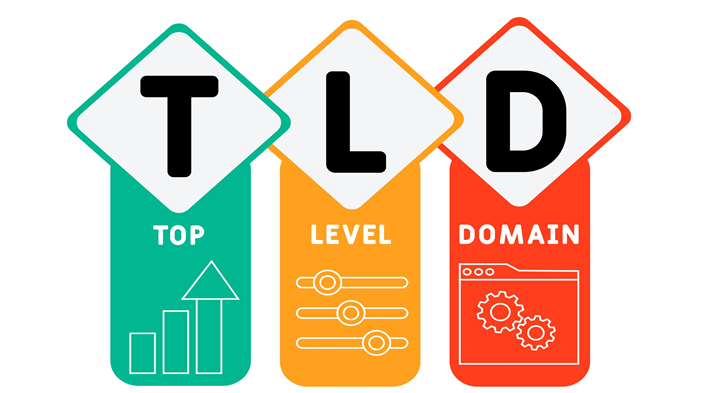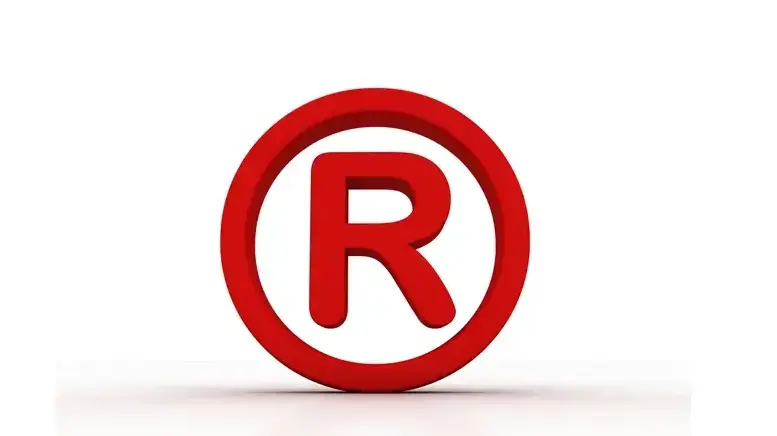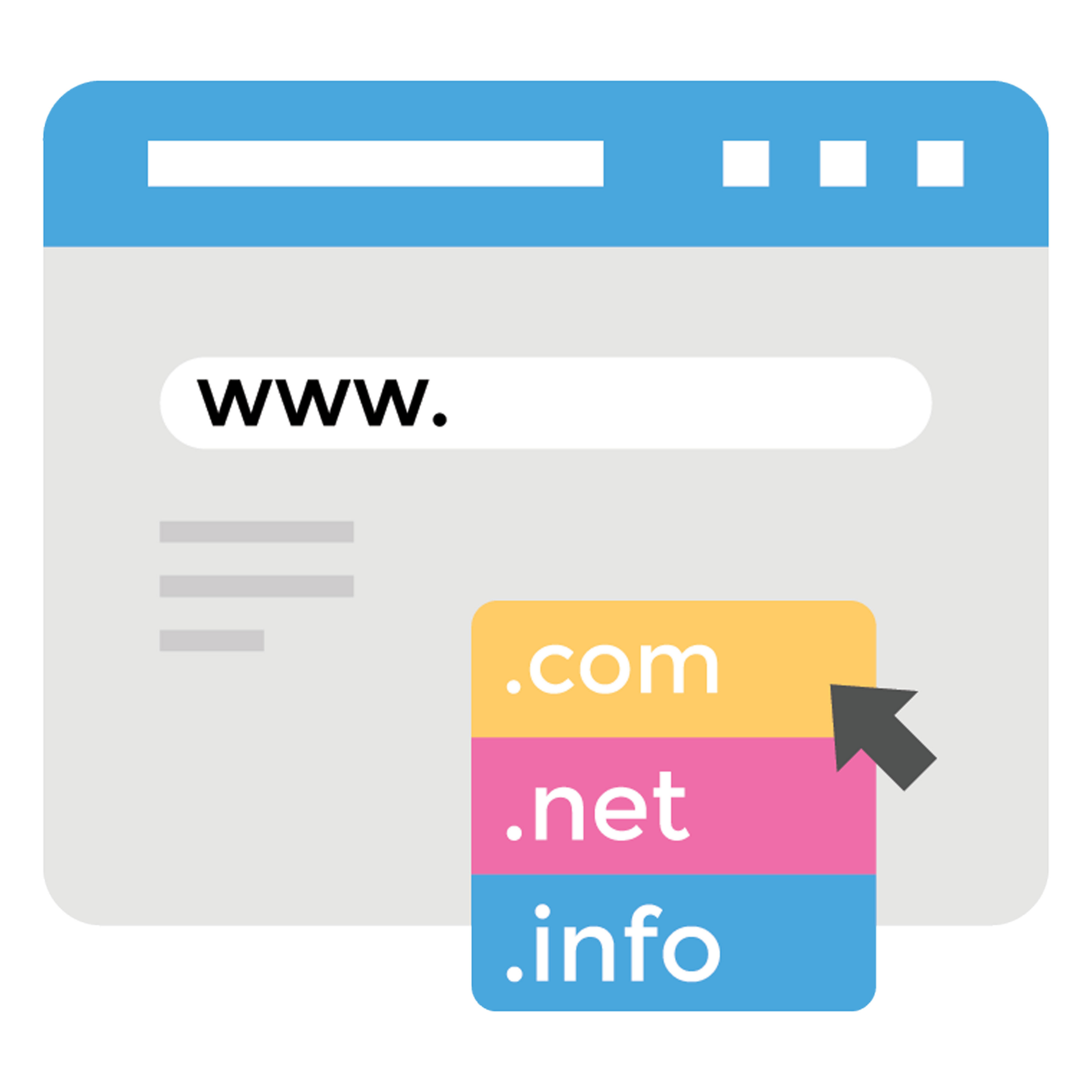SEO is crucial for enhancing a website's visibility and attracting customers, especially during a domain name change. With Google accounting for over 92% of global online traffic, a high ranking can greatly improve customer retention with click-through rates above 34%.
However, challenges like rebranding, acquiring a more suitable name, or merging can threaten SEO rankings and, consequently, site visibility and revenue. Reseller hosting can be key in such transitions, providing the necessary tools and flexibility to manage multiple domains effectively and maintain SEO.
This guide offers a strategy for changing your domain name without sacrificing SEO, aiming to ensure continuous customer engagement and retention.
What Is a Domain Name?
A domain name is a website's address on the Internet.
It's the text that appears after the "www" in web addresses.
A website can exist on the web without a domain name. The domain name is usually the business or website's name.
As of 2024, there are roughly 664 million registered domain names worldwide.
Why You Might Change Your Domain Name
Managed to buy a better domain name
You might have the chance to purchase a shorter, simpler, and better domain name for your business, or upgrade to a top-level domain.


New trademark/brand name registered
You want to change your brand and introduce a new trademark, which requires updating your domain as well so that it reflects your new business.
Keep or improve relevance to your business
You couldn’t secure the ideal domain initially, but now you have the opportunity to choose one that better matches your content, products, or services.

Does Changing Domain Name Affect SEO?
Changing your domain name can affect your website's SEO because it disrupts how search engines index and display your site in search results.
In addition, the historical authority and inbound links that your previous domain had accumulated will be disrupted.
This essentially means that your site becomes untrustworthy to search engines.
Fortunately, by using specific methods we'll discuss later, you can change your domain name without losing website traffic.
Should Domain Name Be Changed for SEO Reasons Only?
Changing your domain name just to improve SEO is generally not a good idea.
Maybe you think that if you change your domain name to one that includes relevant keywords will improve your traffic or ranking.
However, going through this process only for that reason is not recommended.
Of course, if you already own a domain name that contains exact keyword words, you should definitely use it. However, don't change your domain name only for that reason.
How to Safely Change Domain Names Without Losing SEO
Follow these step-by-step instructions to safely change domain names without losing SEO.
Step#1: Accumulate and audit your website's content
A comprehensive SEO audit is the first step.
Since about 70% of customers are influenced by website speed and loading times, an audit will reveal your site's performance and necessary improvements.
This data also allows you to compare SEO performance before and after the domain change to see the impact.
With audit tools from SEMrush and Ahrefs, you can audit the following factors:
- Website performance
- Loading speed
- HTML and other code errors or issues
- Content quality
- Incoming links
- Outgoing links
Your SEO audit must also account for backlinks.
Backlinks are links from other websites to yours, and the more you have, the better your search ranking and website traffic.
To do this, access the "links" report in your Google Search Console account.
Step#2: Inspect your new URL's history

If you're buying a new domain, there's no need to check its history as it won't have one, so you can skip this step.
However, if you're acquiring an existing domain, an in-depth understanding of its background is crucial.
Use archive.org to review the domain's past web pages.
Thoroughly check these pages for any low-quality or spam content. You can also use SEO tools like Ahrefs or SEMRush to analyze backlinks to the domain.
If the domain is active, add it to your Google Search Console to see how Google has previously indexed it.
Step#3: Migration
Once you've reviewed the history of your current and potential new domain, you can start the migration process.
If you're using WordPress, the process is straightforward.
You can use the Duplicator WordPress Migration Plugin to back up and migrate your site easily. If you prefer not to use a plugin, the steps differ based on your hosting.
For a new host, export and upload your website files and database to the new server. If the domain is with the same host, they will likely set up a new folder for it as an "addon domain."
Simply move your site files to this new location. Many quality hosts offer automatic WordPress migration as well.
You can read more here for a more detailed guide on this step.
Step#4: Redirection

After migrating your website to a new domain, it's important to redirect all traffic from the old site to the new one.
This step preserves your SEO by informing Google that the old pages have moved to new URLs, which helps update its index effectively.
To permanently redirect your traffic, set up a 301 redirect through your hosting provider's domain control center.
Punch in your old and new domain names and ensure a wildcard redirect is in place for all backlinks.
A reliable hosting provider is crucial for successfully managing these redirects.
If you need assistance, consider opting for a WordPress or managed WordPress plan for easier and safer migration
Step#5: Verify with Google search console
The Google search console is the communication bridge between you and Google.
As a website owner and marketing director, you’ll want to verify your new website with Google Search Console.
The platform provides data on how each page performs for specific keywords and offers technical SEO insights on site crawling and indexation.
You can also initiate crawling for your new domain through Google Search Console.
Step#6: Announce the domain transition publicly on all resources available
Use Google Search Console to notify Google of your domain name. To do so, go to your former domain and look for the change of address feature.
Once you submit the request, Google will start indexing your new domain.
Also, inform any websites linking to you about the change, encouraging them to update their links. This step is where your previous SEO audit becomes valuable.
Domain Name Change Checklist: Pre and Post Migration

Changing your domain name requires following specific steps to minimize SEO disruption and business impact.
Here's a checklist to help you manage the transition smoothly before and after migrating to a new domain.
Pre-Migration Checklist:
Audit Your Current SEO Performance: Capture baseline SEO data, including keyword rankings, traffic sources, and page load times.
Secure Your New Domain: Purchase the new domain and ensure it has no penalties or problematic history.
Notify Your Team: Inform all departments (IT, marketing, customer service) about the domain change plan.
Prepare Your Content: Review and update all content, metadata, and tags to reflect the new domain.
Set Up Technical Redirects: Configure 301 redirects for all old URLs to point to the corresponding new URLs.
Backup Your Website: Ensure you have a complete backup of your website data before starting the migration.
Communicate with Partners: Alert affiliates, partners, and other external entities about your upcoming domain change.
Post-Migration Checklist:
Verify the Redirects: Check that all redirects are working correctly and adjust as necessary.
Update Your Domain in Tools: Change the domain settings in Google Search Console, Analytics, and other SEO tools.
Monitor SEO Performance: Track changes in traffic and rankings. Adjust SEO strategies based on performance metrics.
Inform Your Audience: Announce the domain change to your customers via email, social media, and other communication channels.
Update External Links: Reach out to websites that link to you and request them to update the URLs to your new domain.
Review Website Functionality: Test the website thoroughly to ensure all features work correctly under the new domain.
Schedule Follow-Up Audits: Plan regular SEO and website performance reviews to catch any issues early.
By following this checklist, you can help ensure that your domain change is as seamless as possible, minimizing disruptions and maintaining your SEO equity.
Conclusion
SEO is crucial for maintaining your website's visibility, especially when switching to a new domain, as 75% of users don’t venture beyond the first page of search results. Reseller hosting can simplify this transition by offering efficient domain management tools that help preserve your ranking, ensuring a smooth flow of traffic and visibility during the switch.
Additionally, reseller hosting allows for effective multi-domain management and can serve as an extra revenue stream, making it a strategic choice for business growth. By following the steps in this article, you can confidently redirect your SEO efforts and traffic to your new domain, maximizing visibility and continuity.
Frequently Asked Questions
What is a domain name?
A domain name is the name of your website. A domain name is a word or a phrase that people enter in their browsers in order to be taken to a certain website on the Internet.
What makes a certain domain valuable?
Valuable domains are usually memorable, easy to spell, pronounce, and short.
What are some popular domain marketplaces?
Popular domain marketplaces include BrandBucket, Efty, Namecheap, Sed, and Flippa.
How much does a domain cost monthly?
Usually, domain names cost from $0.99 to $12 per month. However, at Verpex, we offer a free domain name with our hosting packages.
Is it a good idea to change domain name?
Changing a domain name can be beneficial for rebranding or improving SEO, but it may temporarily affect your site's traffic and search engine ranking. Careful planning and proper redirects are essential to minimize potential disruptions.
How long do domain changes take?
Domain name changes typically propagate within 24 to 48 hours, but it can sometimes take up to 72 hours for the changes to fully propagate across the internet.

I've been navigating the web hosting waters for years now. As the Chief Editor at Verpex, I team up with some awesome writers to dish out the good stuff on hosting. Got a Master's in Journalism, so I always have an eye out for quality. Whether you're just dipping your toes or you're a seasoned surfer, I'm here to make everything web hosting feel like a breeze
View all posts by Julia Lozanov




















